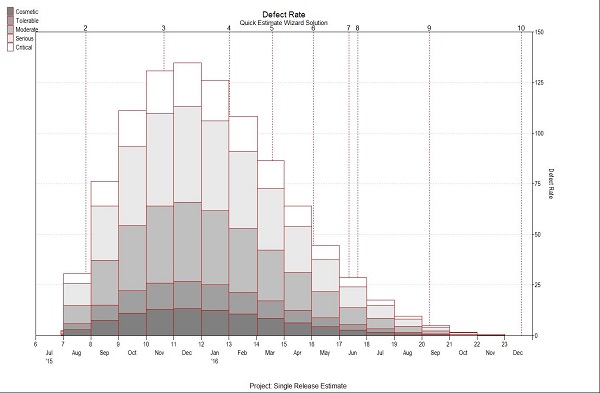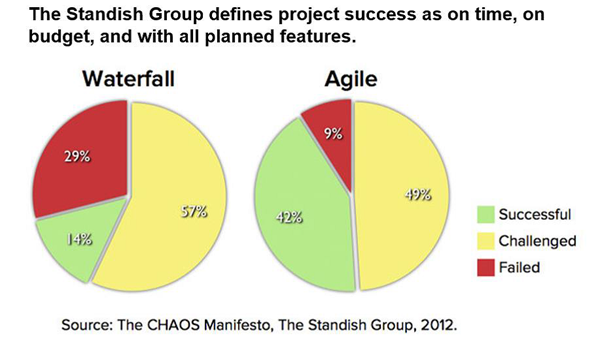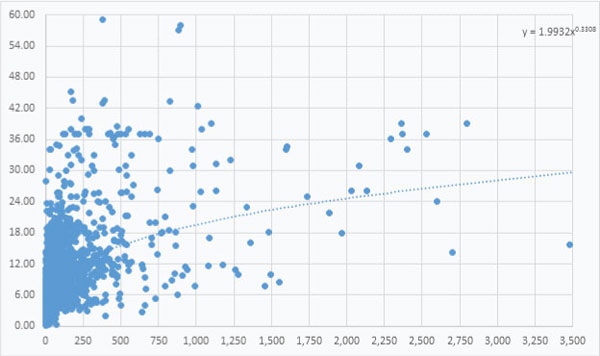New Article on InfoQ - Understanding Quality and Reliability

QSM's C. Taylor Putnam-Majarian and Doug Putnam recently published an article, Understanding Quality and Reliability, on InfoQ.
One of the most overlooked but important areas of software estimation, measurement, and assessment, is quality. It often is not considered or even discussed during the early planning stages of all development projects, but it’s almost always the ultimate criteria for when a product is ready to ship or deploy. Therefore, it needs to be part of the expectation-setting conversation from the outset of the project. So, how can we talk about product quality? It can be measured a number of ways, but two in particular give excellent insights into the stability of the product.
Read the full article on InfoQ!


